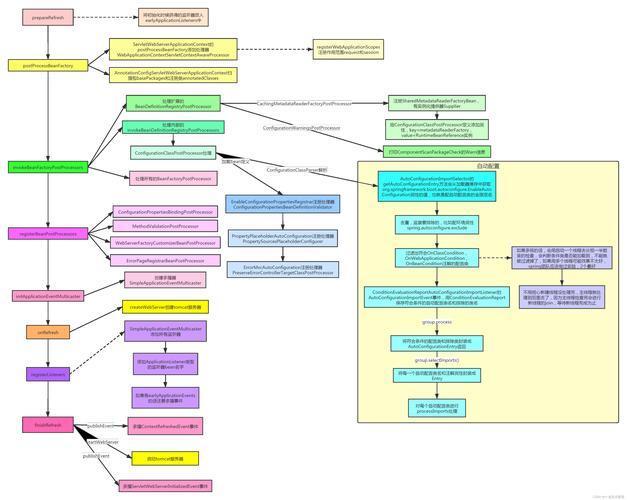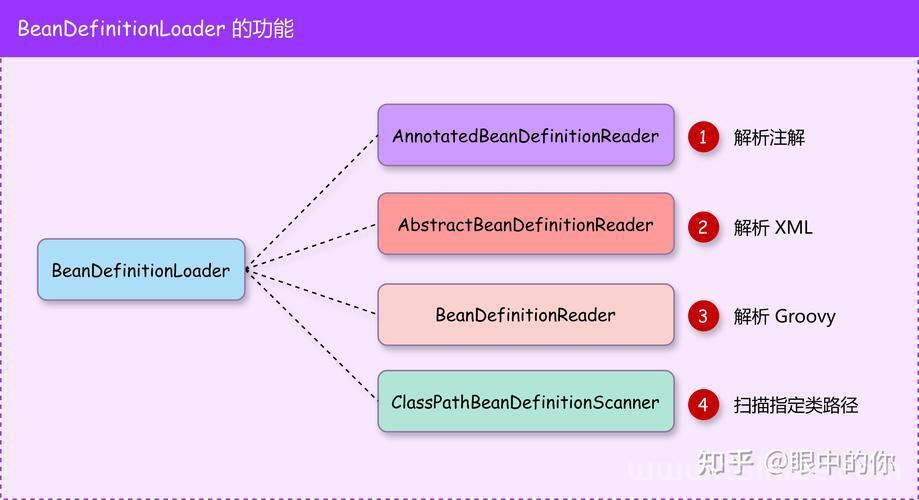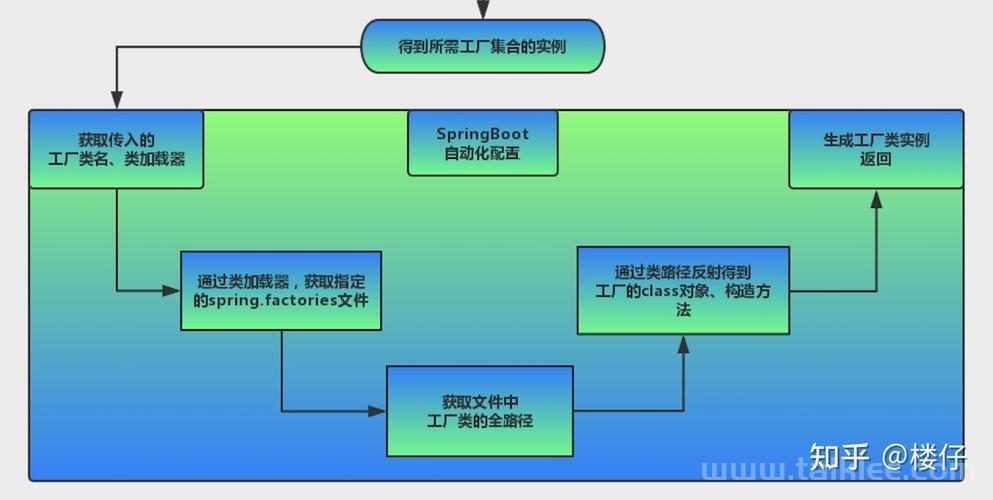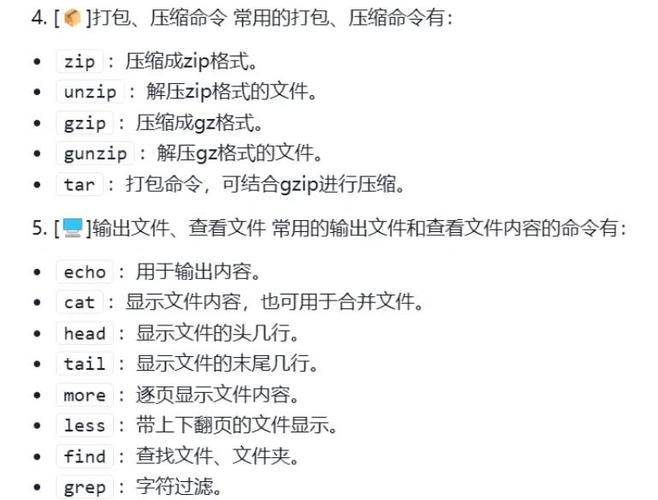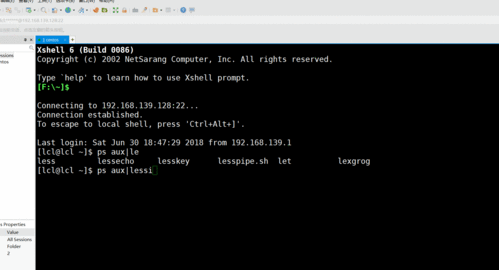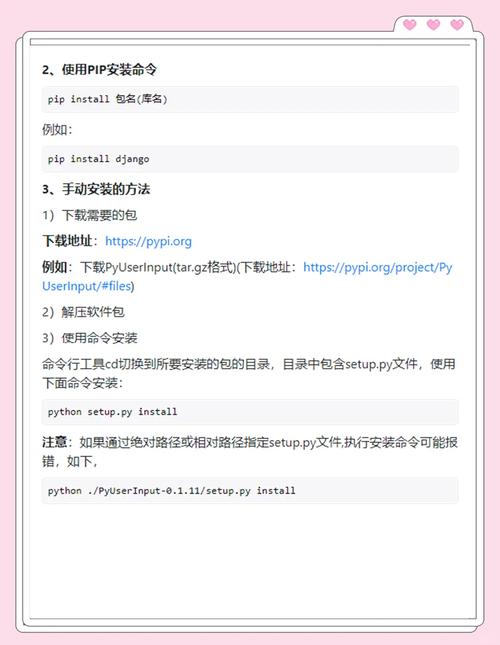【详解】SpringBoot整合OpenFeign
目录
SpringBoot整合OpenFeign
什么是OpenFeign?
环境准备
创建 Spring Boot 项目
添加依赖
启用 OpenFeign
定义 Feign 客户端
使用 Feign 客户端
测试
1. 添加依赖
2. 启用 Feign 客户端
3. 创建 Feign 客户端
4. 创建用户实体
5. 使用 Feign 客户端
6. 配置文件
7. 运行应用
1. 添加依赖
2. 启用 OpenFeign
3. 创建 Feign 客户端接口
4. 使用 Feign 客户端
5. 配置 OpenFeign(可选)
6. 运行和测试
总结
SpringBoot整合OpenFeign
在现代微服务架构中,服务间的通信是不可或缺的一部分。Spring Boot 作为构建微服务应用的首选框架,提供了多种方式来实现服务间调用,其中 OpenFeign 是一个非常流行的声明式 HTTP 客户端,它简化了 HTTP API 的调用过程,使得开发者可以更加专注于业务逻辑的实现。
什么是OpenFeign?
OpenFeign 是由 Netflix 开发的一个声明式 Web 服务客户端,它使得编写 HTTP 客户端变得更加简单。OpenFeign 的核心功能包括:
- 声明式接口:通过简单的注解定义服务接口,无需实现具体的服务调用逻辑。
- 集成 Ribbon:支持负载均衡,可以与 Ribbon 配合使用,实现客户端的负载均衡。
- 集成 Hystrix:支持断路器功能,提高系统的稳定性和容错能力。
- 支持 Feign 编码器和解码器:可以自定义请求和响应的处理方式。
环境准备
在开始之前,请确保你的开发环境中已经安装了以下工具:
- JDK 1.8+
- Maven 3.2+
- IDE(如 IntelliJ IDEA 或 Eclipse)
创建 Spring Boot 项目
首先,我们需要创建一个新的 Spring Boot 项目。你可以通过 Spring Initializr (https://start.spring.io/) 快速生成项目结构,选择以下依赖项:
- Spring Web
- Spring Boot DevTools
- Lombok
- OpenFeign
添加依赖
在 pom.xml 文件中添加以下依赖:
org.springframework.boot spring-boot-starter-web org.springframework.boot spring-boot-starter-actuator org.springframework.cloud spring-cloud-starter-openfeign org.projectlombok lombok true org.springframework.cloud spring-cloud-dependencies Hoxton.SR8 pom import启用 OpenFeign
在主启动类上添加 @EnableFeignClients 注解以启用 OpenFeign 功能:
package com.example.demo; import org.springframework.boot.SpringApplication; import org.springframework.boot.autoconfigure.SpringBootApplication; import org.springframework.cloud.openfeign.EnableFeignClients; @SpringBootApplication @EnableFeignClients public class DemoApplication { public static void main(String[] args) { SpringApplication.run(DemoApplication.class, args); } }定义 Feign 客户端
接下来,我们定义一个 Feign 客户端来调用外部服务。假设我们有一个用户服务,提供了一个获取用户信息的 API:
package com.example.demo.client; import org.springframework.cloud.openfeign.FeignClient; import org.springframework.web.bind.annotation.GetMapping; import org.springframework.web.bind.annotation.PathVariable; @FeignClient(name = "user-service", url = "http://localhost:8081") public interface UserClient { @GetMapping("/users/{id}") String getUser(@PathVariable("id") Long id); }在这个例子中,@FeignClient 注解用于指定客户端名称和目标服务的 URL。getUser 方法使用 @GetMapping 注解映射到具体的 API 路径。
使用 Feign 客户端
在控制器中注入并使用 Feign 客户端:
package com.example.demo.controller; import com.example.demo.client.UserClient; import org.springframework.beans.factory.annotation.Autowired; import org.springframework.web.bind.annotation.GetMapping; import org.springframework.web.bind.annotation.PathVariable; import org.springframework.web.bind.annotation.RestController; @RestController public class UserController { @Autowired private UserClient userClient; @GetMapping("/get-user/{id}") public String getUser(@PathVariable("id") Long id) { return userClient.getUser(id); } }测试
启动应用后,可以通过访问 http://localhost:8080/get-user/1 来测试 Feign 客户端是否能够正确调用用户服务。
通过上述步骤,我们成功地将 OpenFeign 整合到了 Spring Boot 应用中,实现了对远程服务的调用。OpenFeign 的简洁和强大功能使得微服务之间的交互变得更加高效和便捷。Spring Boot 与 OpenFeign 的整合非常实用,特别是在微服务架构中,用于简化服务间的调用。以下是一个简单的示例,展示如何在 Spring Boot 应用中使用 OpenFeign 进行服务间调用。
1. 添加依赖
首先,在你的 pom.xml 文件中添加 Spring Boot 和 OpenFeign 的依赖:
org.springframework.boot spring-boot-starter-web org.springframework.cloud spring-cloud-starter-openfeign org.springframework.boot spring-boot-starter-test test org.springframework.cloud spring-cloud-dependencies Hoxton.SR12 pom import2. 启用 Feign 客户端
在你的主应用类上添加 @EnableFeignClients 注解,以启用 Feign 客户端:
import org.springframework.boot.SpringApplication; import org.springframework.boot.autoconfigure.SpringBootApplication; import org.springframework.cloud.openfeign.EnableFeignClients; @SpringBootApplication @EnableFeignClients public class Application { public static void main(String[] args) { SpringApplication.run(Application.class, args); } }3. 创建 Feign 客户端
创建一个 Feign 客户端接口,定义你要调用的服务和方法:
import org.springframework.cloud.openfeign.FeignClient; import org.springframework.web.bind.annotation.GetMapping; import org.springframework.web.bind.annotation.PathVariable; @FeignClient(name = "user-service", url = "http://localhost:8081") public interface UserClient { @GetMapping("/users/{id}") User getUserById(@PathVariable("id") Long id); }4. 创建用户实体
创建一个简单的用户实体类,用于接收响应数据:
public class User { private Long id; private String name; private String email; // Getters and Setters public Long getId() { return id; } public void setId(Long id) { this.id = id; } public String getName() { return name; } public void setName(String name) { this.name = name; } public String getEmail() { return email; } public void setEmail(String email) { this.email = email; } }5. 使用 Feign 客户端
在你的控制器或服务类中注入并使用 Feign 客户端:
import org.springframework.beans.factory.annotation.Autowired; import org.springframework.web.bind.annotation.GetMapping; import org.springframework.web.bind.annotation.PathVariable; import org.springframework.web.bind.annotation.RestController; @RestController public class UserController { @Autowired private UserClient userClient; @GetMapping("/get-user/{id}") public User getUser(@PathVariable("id") Long id) { return userClient.getUserById(id); } }6. 配置文件
在 application.yml 或 application.properties 中配置 Feign 客户端的相关属性(如果需要):
server: port: 8080 feign: client: config: default: connectTimeout: 5000 readTimeout: 50007. 运行应用
启动你的 Spring Boot 应用,并访问 http://localhost:8080/get-user/1,你应该能够看到从 user-service 获取的用户信息。
Feign 的声明式接口使得服务调用变得更加简洁和易于维护。希望这个示例对你有所帮助!如果有任何问题或需要进一步的帮助,请随时告诉我。当然可以!Spring Boot 整合 OpenFeign 是一种非常优雅的方式,用于实现服务间的通信。OpenFeign 是一个声明式的 Web 服务客户端,它使得编写 HTTP 客户端变得更加简单。下面是一个详细的步骤和代码示例,介绍如何在 Spring Boot 项目中整合 OpenFeign。
1. 添加依赖
首先,在你的 pom.xml 文件中添加 Spring Boot 和 OpenFeign 的依赖:
org.springframework.boot spring-boot-starter-web org.springframework.cloud spring-cloud-starter-openfeign org.springframework.cloud spring-cloud-dependencies Hoxton.SR8 pom import2. 启用 OpenFeign
在你的主应用类上添加 @EnableFeignClients 注解,以启用 OpenFeign 客户端:
import org.springframework.boot.SpringApplication; import org.springframework.boot.autoconfigure.SpringBootApplication; import org.springframework.cloud.openfeign.EnableFeignClients; @SpringBootApplication @EnableFeignClients public class Application { public static void main(String[] args) { SpringApplication.run(Application.class, args); } }3. 创建 Feign 客户端接口
创建一个接口,并使用 @FeignClient 注解来定义一个 Feign 客户端。在这个接口中,你可以使用 @GetMapping、@PostMapping 等注解来定义 HTTP 请求:
import org.springframework.cloud.openfeign.FeignClient; import org.springframework.web.bind.annotation.GetMapping; import org.springframework.web.bind.annotation.PathVariable; @FeignClient(name = "exampleService", url = "http://example.com") public interface ExampleClient { @GetMapping("/api/v1/data/{id}") String getDataById(@PathVariable("id") String id); @PostMapping("/api/v1/data") String postData(String data); }4. 使用 Feign 客户端
在你的服务中注入并使用 Feign 客户端:
import org.springframework.beans.factory.annotation.Autowired; import org.springframework.web.bind.annotation.GetMapping; import org.springframework.web.bind.annotation.PathVariable; import org.springframework.web.bind.annotation.RestController; @RestController public class ExampleController { @Autowired private ExampleClient exampleClient; @GetMapping("/data/{id}") public String getData(@PathVariable("id") String id) { return exampleClient.getDataById(id); } @GetMapping("/post-data") public String postData() { return exampleClient.postData("Some data"); } }5. 配置 OpenFeign(可选)
你可以在 application.yml 或 application.properties 文件中配置 OpenFeign 的一些属性,例如连接超时时间、读取超时时间等:
feign: client: config: default: connectTimeout: 5000 readTimeout: 5000 loggerLevel: full6. 运行和测试
启动你的 Spring Boot 应用,并访问相应的 URL 来测试 Feign 客户端是否正常工作。例如,你可以通过浏览器或 Postman 访问 http://localhost:8080/data/123 来调用 getDataById 方法。
总结
通过以上步骤,你可以在 Spring Boot 项目中轻松地整合 OpenFeign,实现服务间的 HTTP 通信。OpenFeign 的声明式风格使得代码更加简洁和易于维护。希望这个示例对你有所帮助!如果有任何问题或需要进一步的解释,请随时提问。


